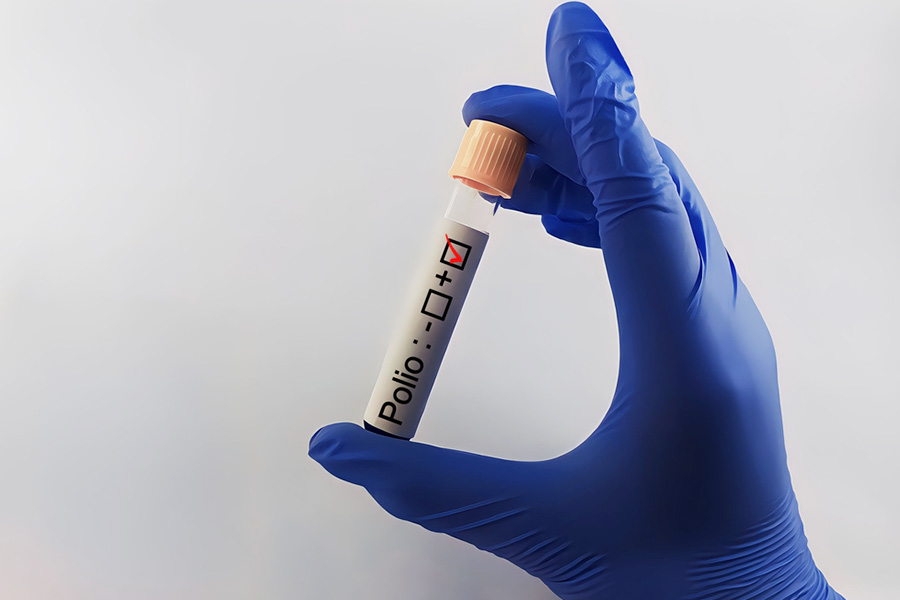A suspected case of rare paralytic polio in a child in Meghalaya caused by vaccine-derived virus is a fresh reminder that India has eradicated only wild poliovirus and the risk of paralytic polio persists, a top paediatric virologist has said.
T. Jacob John, former professor and head of clinical virology at the Christian Medical College, Vellore, said confirmation of vaccine-derived poliovirus (VDPV) in the child in Meghalaya would underscore India’s vulnerability to risks associated with the continued use of the oral polio vaccine (OPV).
“When there is no wild poliovirus in India, continuing to give children OPV is unnecessary and unwise because OPV itself comes with the risk of vaccine-associated paralytic polio (VAPP) and VDPV,” John told The Telegraph on the phone from Vellore on Saturday. “India should have switched entirely to the injectable polio vaccine (IPV) and dropped OPV years ago,” he said.
The World Health Organisation (WHO) had declared India polio-free in 2014, three years after the country’s last known case of wild poliovirus in January 2011. But John had cautioned even in 2014 that India would be “truly free of all polio” when it has no cases of VAPP and VDPV.
Health authorities are still investigating the case of the two-year-old boy from Meghalaya’s West Garo district who was found with symptoms of polio, PTI reported from Shillong on August 14. A query sent by this newspaper to the Union health ministry on Saturday has not evoked any response.
India had eradicated wild polio infections through OPV, a vaccine easily administered to children as two drops. But OPV contains weakened but live polioviruses, which get shed by vaccinated children through their stools and circulate in sewage networks.
More than two decades ago, cases from Egypt, Haiti, and Madagascar among other places had shown that the vaccine virus from OPV shed by children can persist in the environment for years and regain the capacity to cause paralysis, or VDPV.
John, among other experts, has also for years expressed concern about VAPP, a rare but serious side-effect of OPV in which the vaccine virus itself causes paralysis in the vaccinated child. The IPV, which contains inactivated — dead — polioviruses, can cause neither VDPV nor VAPP.
Before the suspected Meghalaya case, India had not detected any VDPV case since 2014 although evidence of its presence had emerged in 2022 when a VDPV strain was detected in environmental sewage samples in Calcutta during surveillance for polioviruses.
The Union health ministry introduced IPV into the national immunisation programme in 2016. However, children who receive free IPV from the government do not get the doses under the schedule recommended by the Indian Academy of Paediatrics (IAP) for the private sector.
The IAP recommends five full doses of IPV, including three primary doses at 6 weeks, 10 weeks, and 14 weeks after birth, and two booster doses at 16-18 weeks, and 4-6 years. The national immunisation programme recommends three fractional doses of IPV at 6 weeks, 14 weeks and 9 months.
“Had the child in Meghalaya received the three full doses of IPV, the VDPV would have been prevented,” John said. And even today, he said, India continues to have some children paralysed by OPV — the VAPP cases — which the government is calling “non-polio acute flaccid paralysis”.
“The government has not put these VAPP numbers in any public reports — VAPP cases go unreported. Thus, we have not eradicated polio, we’ve eradicated only polio caused by the wild poliovirus,” John said.











